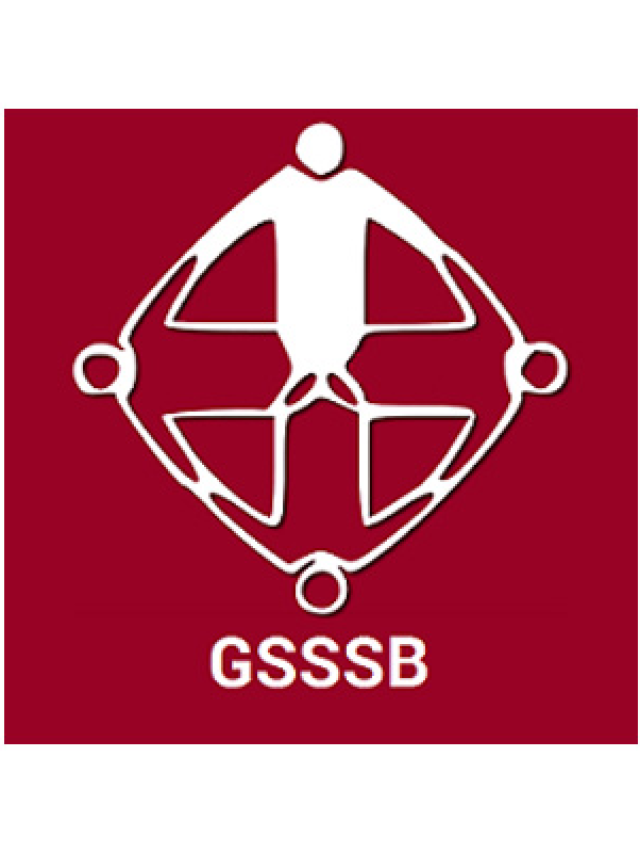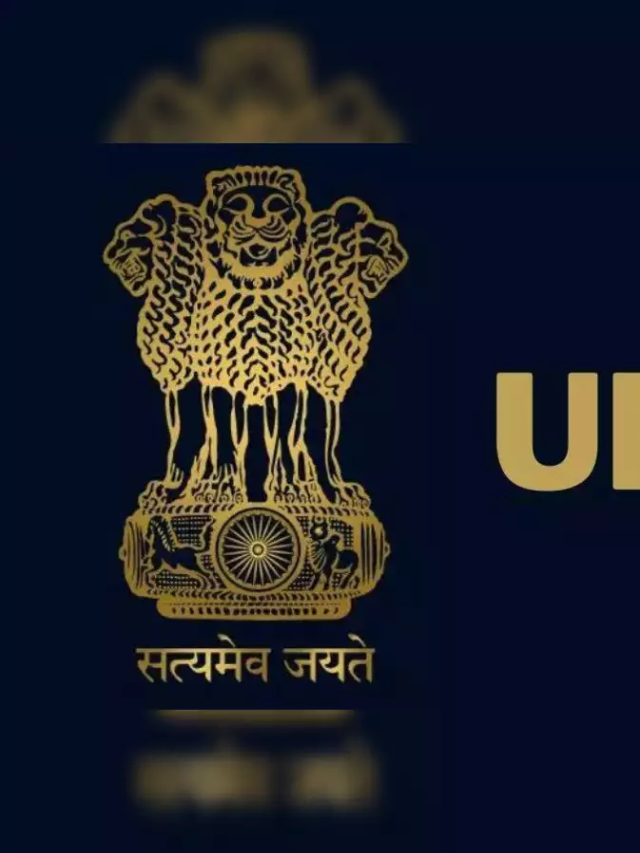| Board | RBSE |
| Class | Class 8 |
| Subject | Science |
| Chapter | Chapter 12 |
| Chapter Name | Artificial Satellite |
| Number of Questions Solved | 42 |
| Category | RBSE Solutions |
Artificial Satellite Textbook Questions Solved
I. Multiple Choice Questions
Question 1.
- If any object is thrown upwards with velocity more than 11.2 km/sec then the object will
(a) Return to earth
(b) Revolve around the earth
(c) Went into space
(d) None of the above - The name of first Indian artificial satellite launched in space is
(a) Bhaskar-I
(b) Aiyabhatta
(c) Kalpana-I
(d) INSAT-I - The satellite used for communication is called
(a) Polar satellite
(b) S.L.V.
(c) Geo -stationary satellite
(d) I.R.S.-I
Answers:
- (b)
- (b)
- (d)
Question 2.
Fill in the blanks.
- The minimum velocity by which an object thrown upwards crossing the gravitational attraction of earth is called as……………………
- Geo-stationaxy satellites revolves……………………orbit of earth.
- The first Indian artificial satellite……………………was launched in April 19, 1975.
Answers:
- escape velocity
- fixed
- Aryabhatta
Artificial Satellite Short Answer Type Questions
Question 1.
Explain the difference between the artificial satellite and natural satellite.
Answer:
Man made satellites which are moving around other planets are called artificial satellites and are different from natural satellites. While natural satellites are natural objects that orbit the other planets and our own earth. Moon is the natural satellite of the earth.
Question 2.
The objects which are thrown upwards from the earth and return back to earth whereas artificial satellite does not return back. Why?
Answer:
Due to earth’s gravitational force all the objects thrown up come down while an artificial satellite do not because it is launched more than the speed of gravitational force i.e. 4.2 km/sec. So it crosses the gravitational force of the earth and move around the earth in fixed orbit.
Question 3.
Differentiate between geo-stationaiy satellite and polar satellite on the basis of orbital motion, distance from earth and its uses.
Answer:
| Properties | Geo-stationary satellites | Polar Satellites |
| (i) Orbital | Revolve in equatorial orbits and complete one circle of the earth in 24 hours. | Revolve in polar orbits of the earth and take less time to complete one circle of earth. |
| (ii) Distance from the Earth surface | Placed at a height of 36000 km from the Earth surface. | Placed at a height of 500800 km from Earth surface. |
| (iii) Uses | Uses as communication satellites. | Remote sensifig, weather science and environment related studies. |
Artificial Satellite Long Answer Type Questions
Question 1.
What do you mean by artificial satellite? Write its uses.
Answer:
Man made satellites which are moving around other planets are called artificial satellites and are different from natural satellites. These satellites have made firm and regular communication from satellites to earth, we are able to use television, radio, mobile etc.
Uses of artificial Satellite:
Artificial satellites are very useful to us. In many areas we are getting information and facility using artificial satellites.
For example:
- Telecommunication means Telephone, Mobile, Television, Internet etc. receives signal from different locations on earth and transmit it to another position of earth.
- To obtain the information about the data collected from meteorological and geological areas.
- To estimate the crop area and production.
- To provide warning about the drought and flood and to estimate the loss from these calamities.
- To discover underground water reservoir and water management.
- To identify the mineral in geological repositories.
- To assist the forest conservation by surveying the forest areas.
- To monitor the airports, seaports, and defence post etc. So that it preserve the security management easily.
- To spy monitoring of army activities.
- To get information about the events happening in space and atmosphere.
- To identify the exact location of aeroplane, ship, person, and object.
Question 2.
Write down any five Indian satellite’s names, launching year and their uses.
Answer:
| Indian satellite | Year of launching | Uses |
| (i) Aryabhatta | 1975 | To monitor the atmosphere. |
| (ii) INSAT | 1980 | For weather forecast and telecommunication. |
| (iii) IRS | 1980 | To predict natural resources, weather forecasting. |
| (iv) Kalpana – 1 | 2003 | For weather forecast. |
| (v) EDUSAT | 2004 | For education. |
Question 3.
Describe the various types of artificial satellites.
Answer:
Types of Artificial Satellites: Depending upon the distance from the Earth surface and the uses, artificial satellites are divided broadly into two categories:
(i) Geo Stationary Satellite:
Every satellite moves around the earth in its fixed path called orbit. Any satellite which is moving around the earth but when seen from the earth it looks stationary is called Geo Stationary Satellite. This satellite is located at approx. 36000 km. height from the earth’s surface. These satellites move in equatorial orbit. The revolutional period of Geo-stationary satellite is equal to the rotational period of earth hence its direction of movement is like earth i.e. west to east it completes its one revolution around the earth in 24 hours in its own orbit. Hence it looks stationary when seen from earth. It is used in satellite, telephone, television, radio and in other global communication so, it is also called communication satellite.
(ii) Polar Satellite:
Those satellites which move in Polar orbit on earth are called Polar Satellites. They have distance from earth’s surface 500-800 km. They give information about atmosphere like – Ozone layer, pictures of clouds etc. Informations given by Polar satellites are remote sensing and important to study weather and environment. The important is that Polar satellites can observe whole earth with the help of their cameras twice in a day. Those satellite that get information about any thing or substance without coming in contact of it is called remote sensing. India has launched many Remote sensing satellites like – IRS – IA, IRS-2B, IRS-3C etc. micro waves and radio waves can travel in vacuum i.e. without medium.
Question 4.
Write an essay on contribution of Indian Space Research Organisation in Indian space programme.
Answer:
Indian National committee for space research (INCOSPAR) was called by Department of Atomic Energy in 1962 led by famous scientist Homi Jahangir Bhabha. It was re-established in 1969 as ISRO (ISRO- Indian Space Research Organization). In India, manufacturing of satellites, development and launching are done by ISRO. Dr. Vikram Ambalal Sarabhai is credited to start Indian space programme. Space and planets related research and development works are being carried out with the help of space based experiments done by ISRO. Dr. A.P. J.Abdul Kalam played a vital role in manufacturing Indian satellite launching vehicle during working on many important projects of ISRO.
Nowadays, Indian become self-reliant in manufacturing of the high standard satellite launching vehicle. America and other countries also use Indian satellite launching vehicles to launch their artificial satellite. ISRO has launched more than 50 satellites of other countries. ISRO’s centres are all over India. Its main launching centre is at Shri Harikota (SHAR), near Chennai. National centre for space related research is Physical Research Laboratory at Ahmedabad (PRL). Vikram Sarabhai Space Centre is located in Thiruvanthapuram. A remote sensing centre is also located at Jodhpur, Rajasthan, to study the obtained maps, information and other data, etc. from artificial satellites.
Artificial Satellite Additional Questions Solved
I. Multiple Choice Questions
Question 1.
The escape velocity by which any object is thrown upwards and goes into space is:
(a) 11.2 km/s
(b) 11.2 m/s
(c) 11.2 km/h
(d) None of these
Question 2.
EDUSAT helps in the field of:
(a) Predicting natural resources
(b) Weather forecast
(c) Education
(d) Monitoring atmosphere
Question 3.
The first satellite designed and constructed in India was:
(a) Aryabhatt
(b) Bhaskar I
(c) APPLE
(d) INSAT – 2A
Question 4.
The first artificial satellite sent in space was:
(a) Vostok-I
(b) Sputnik – I
(c) Apollo-11
(d) Solar Max
Question 5.
Number of planets in our solar system are:
(a) 1
(b) 4
(c) 2
(d) 8
Question 6.
India launched its first educational satellite EDUSAT in the year:
(a) 2002
(b) 2003
(c) 2005
(d) 2004
Question 7.
The spacecraft which met a disaster while bringing back Kalpana Chawala and her group to earth:
(a) Challenger
(b) Discovery
(c) Atlantic
(d) Columbia
Question 8.
Who was the first woman astronaut of Indian origin?
(a) Kalpana Chawla
(b) Bachendri Pal
(c) Both (a) and (b)
(d) Sunita Williams
Question 9.
In which year department of atomic energy led by famous scientist Homi Jahangir Bhabha was re-established as ISRO (Indian Space Research Organization) in:
(a) 1962
(b) 1964
(c) 1969
(d) 1966
Question 10.
Who is known as “Missile man’:
(a) Dr. A.P.J. Abdul Kalam
(b) Dr. Vikram Sarabhai
(c) Dr. Homi Jahangir Bhabha
(d) None of these
Question 11.
The Vikram Sarabhai Space Centre is located in:
(a) Odissa
(b) Ahmedabad
(c) Thiruvananthapuram
(d) None of these
Question 12.
The time period of revolution of Geo-stationary satellite is:
(a) 24 days
(b) 24 hours
(c) 365 days
(d) None of these
Question 13.
The main launching centre of ISRO is situated at:
(a) Ahmedabad, Gujarat
(b) Shri HariKota, Chennai
(c) Jodhpur, Rajasthan
(d) None of these
Question 14.
Which satellite was launched from the launch vehicle SLV-3 constructed in India?
(a) Aryabhatt
(b) Rohini
(c) Bhaskar I
(d) Bhaskar II
Question 15.
By which country first artificial satellite was sent into space in 4th October, 1957:
(a) America
(b) Russia
(c) European satellite launching station
(d) None of these
Answers:
1. (q)
2. (c)
3. (b)
4. (b)
5. (d)
6. (d)
7. (d)
8. (a)
9. (c)
10. (a)
11. (c)
12. (b)
13. (b)
14. (b)
15. (b)
II. Write True/False against each question:
- India launched its first educational Satellite EDUSAT in 2004. (True/False)
- Geo-stationary satellite revolves around the earth from east to west. (True/False)
- Geo-stationary satellites are also known as tele communication satellite. (True/False)
- Vikram Sarabhai received his doctrate on the topic cosmic ray physics. (True/False)
- Dr. A.P.J Abdul Kalam died on July, 27, 2015 in Sikkim. (True/False)
- Kalpana I satellite is related to education. (True/False)
- Microwaves and radio waves can propagate in vacuum. (True/False)
- The first Indian artificial satellite Aryabhatt was named after the great Indian mathematician Aryabhatt. (True/False)
- Artificial satellites are sent into space by rocket or satellite launching vehicle. (True / False)
- EDUSAT satellite is launched for remote sensing. (True/False)
Answers:
- (True)
- (False)
- (True)
- (True)
- (False)
- (False)
- (True)
- (True)
- (True)
- (False)
Artificial Satellite Very Short Answer Type Questions
Question 1.
Write the names of three remote sensing satellites launched by India.
Answer:
IRS-IA, IRS – 2B, IRS – 3C.
Question 2.
Give the name of first Indian woman astronaut.
Answer:
Kalpana Chawla.
Question 3.
Give the full form of ISRO.
Answer:
ISRO- Indian Space Research Organisation.
Question 4.
What is a Geo stationary satellite?
Answer:
The satellite whose orbital period i.e. equal to the period at which the earth rotates in its own axis (24 hours), looks stable with respect to earth. These satellites are called geostationary satellite.
Question 5.
Why is geo-stationary satellites also called communication satellite?
Answer:
Geo stationary satellites are used for satellite television, telephone, radio etc. for world wide telecommunication. That is why geo-stationary satellites are also called telecommunication satellites.
Question 6.
Write the full form of INCOSPAR.
Answer:
The full form of INCOSPAR is Indian National Council for Space Research.
Question 7.
Why does geo-stationary satellite look stationary?
Answer:
The geo-stationary satellite look stationary because its orbital period is same as the rotation period of the earth.
Question 8.
Name the astronaut who first travelled in space orbiting the earth in 1961 in Vostok-I.
Answer:
Yuri Gagarin of Russia.
Question 9.
What is remote sensing?
Answer:
Remote sensing is such an art from which the information about the events and objects at far places can be gathered without getting in physical touch with them. The satellite remote sensing includes receiving photographs and electromagnetic records from camera, special inspection and receiving instruments attached to the satellite revolving around the earth, their analysis and sending them to the special centres on the earth.
Question 10.
Name the type of artificial satellites.
Answer:
Geo-stationary Satellite and Polar Satellite.
Question 11.
Name the first satellite launched by ISRO which is related to weather science.
Answer:
ISRO has launched a satellite on Feb- 5, 2003, it was named as KALPANA-1 in memory of first Indian woman space astrorfaut Kalpana Chawla.
Question 12.
Give at least two uses of artificial satellite.
Answer:
- To estimate the crop area and production.
- To spy monitoring of army activities,
- To identify the exact location of aeroplane, ship etc.
Artificial Satellite Short Answer Type Questions
Question 1.
Write a short note on Indian first artificial satellite Aiyabhatt.
Answer:
India’s first artificial satellite Aiyabhatt, was named after the famous Indian Mathematician Aryabhatta. It was launched on 19th April 1975 from Baikanour space centre, Soviet Union (Russia). Its main work was to study Earth’s atmosphere.
Question 2.
Write a short note on Dr. A.P.J. Abdul Kalam.
Answer:
Dr. A.P.J.Abdul Kalam was born on October 15, 1931. Dr Kalam as a scientist and engineer was involved in many important projects of Defence Research and Development Organisation (DRDO) and Indian Space Research Organisation (ISRO). During the work in ISRO he played a major role in development of India’s first indigenous satellite launching vehicle (SLV-3), and with help of it in July 1980, the Rohini Satellite was successfully established in near earth’s orbit.
Dr. Kalam had special contribution in missile development programme in India. That is why Dr Kalam is also known as “Missileman”. He became the 11th President of India. In addition to it he had written many books. The government of India has honoured him Padma Bhushan, Padma Vibhushan, Bharat Ratna and many more prizes. Dr. Kalam died on July 27, 2015 in Shillong, Meghalaya.
Question 3.
Name ISRO’s three launching centre in India and where they located.
Answer:
ISRO’s centres are as follows:
- SHAR-Shri Harikota near Chennai.
- PRL- Physical Research Laboratory- Ahmedabad.
- USSC- Vikram Sarabhai Space centre- Thiruvananthapur am.
- RSC- Remote Sensing centre – Jodhpur Rajasthan.
Question 4.
What are INSAT series satellites?
Answer:
In the starting of 1980, the INSAT series satellites were launched into space with the help of European launching vehicle. These are used to gather information about weather and telecommunication.
Question 5.
Write short note on polar satellite.
Answer:
A satellite which revolves in polar orbits of earth is called polar satellite. Polar satellite revolves at less height from the earth surface. The satellite’s distance from earth surface is approximately 500 km to 800 km. Through polar satellites many important information can be gathered such as images of clouds, information about atmosphere, hole in ozone layer etc. The important thing is that a polar satellite can observe earth’s whole surface once or twice a day through its camera








